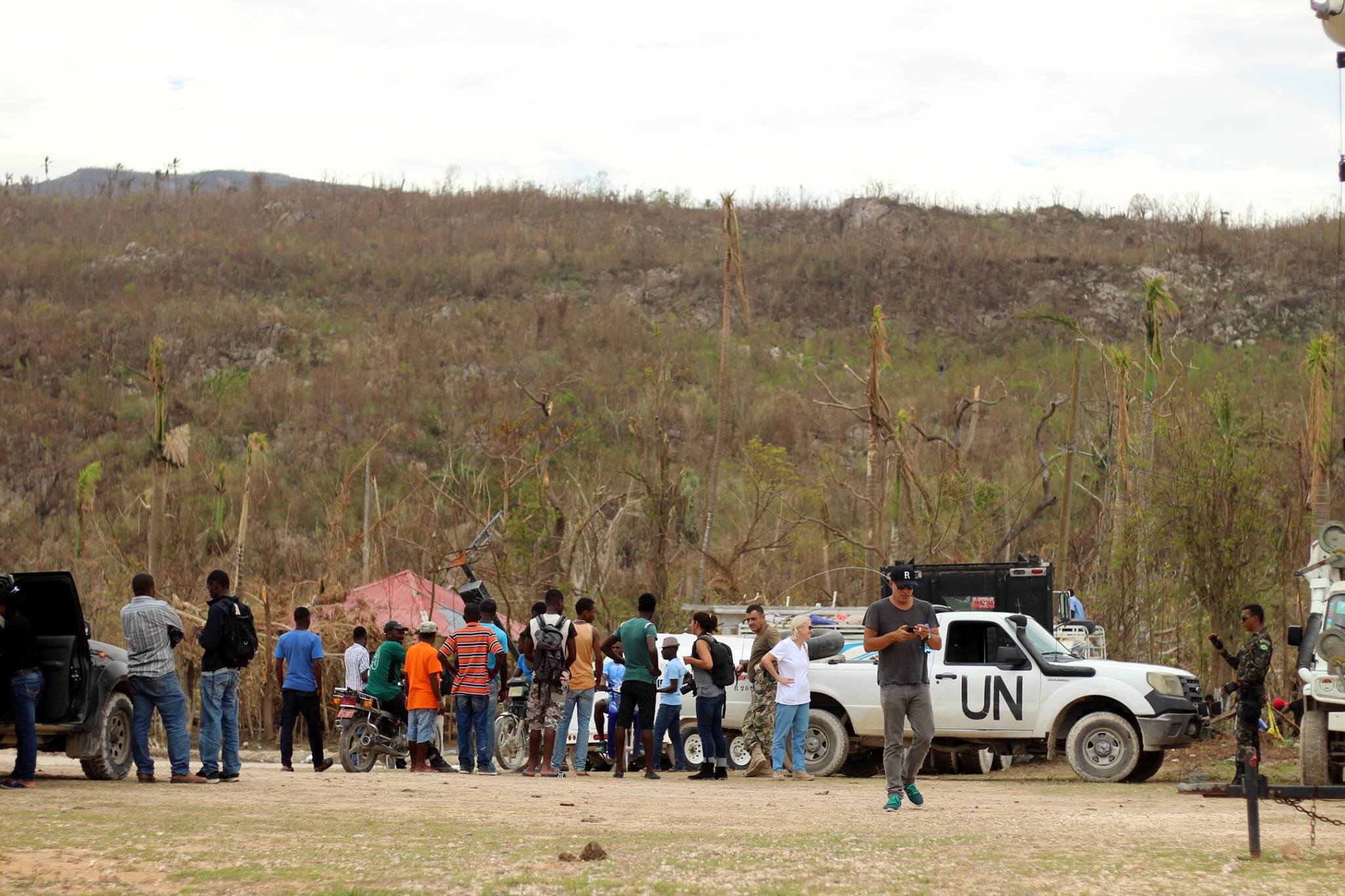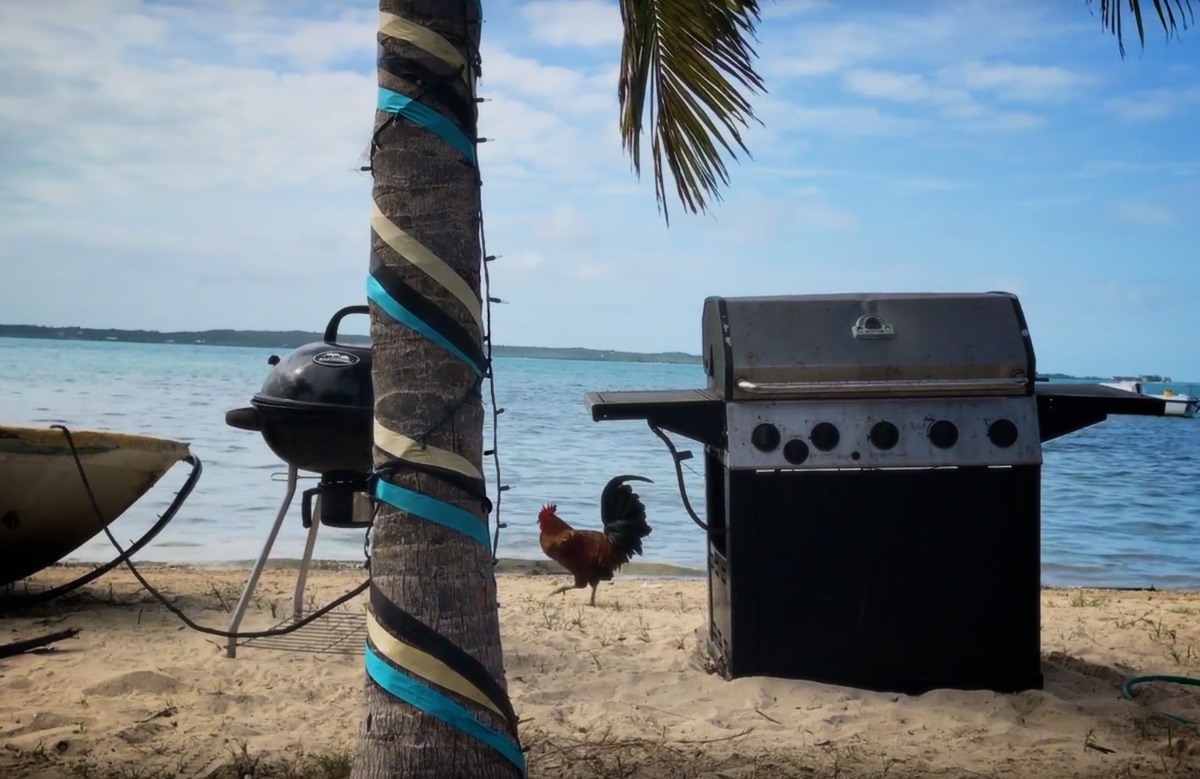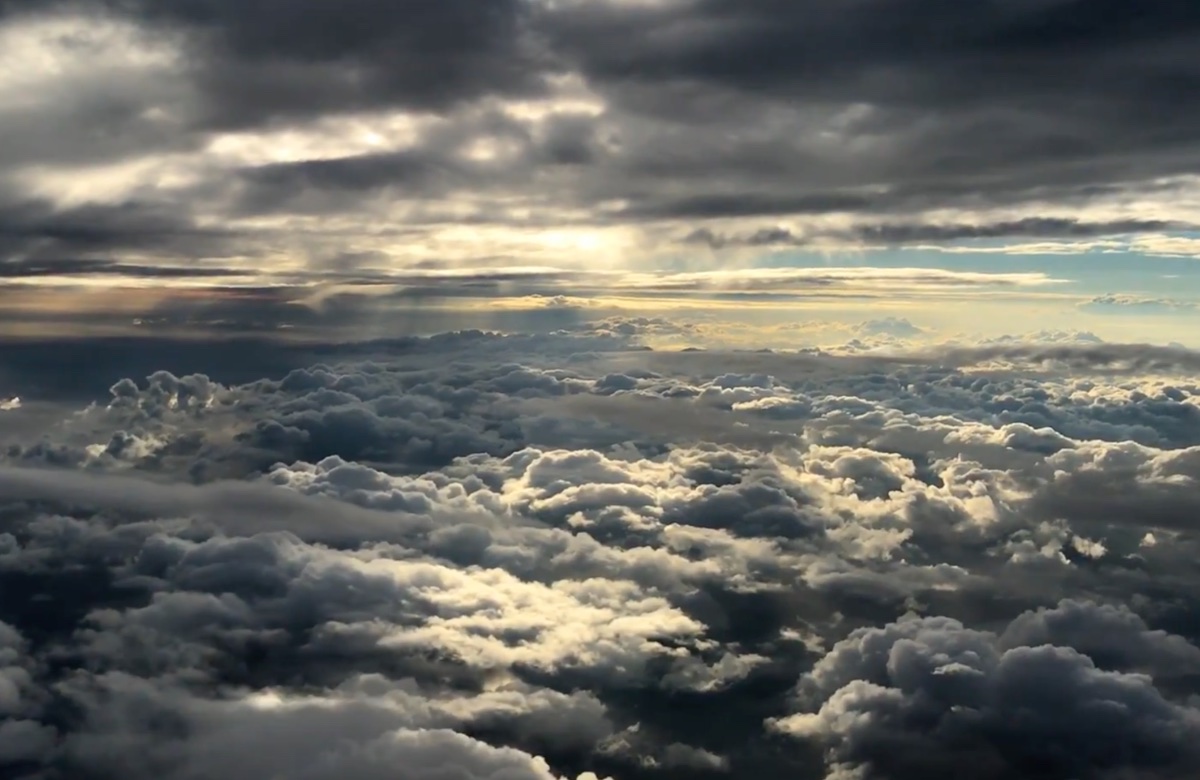I called my friend, Tom, who works at Google in Mountainview, California around 6pm last Tuesday and told him I wanted to take my Piper Cherokee Six down to Haiti to fly relief missions to the areas that were still inaccessible by truck or boat. Twelve hours later he landed in Ft. Lauderdale and we were off to Port-Au-Prince. We estimated a 5-6 hour flight over vast spans of open water in the single-engine aircraft, so we climbed to 11,500 feet to give us some extra gliding distance if something were to go wrong.

Most countries require getting prior permission to land, but we didn’t have time to sort the details, so we wrote Haitian Border Authority that we were coming and set off toward the horizon. On the ground at Port-Au-Prince, it was complete chaos. Several different militaries, including the US and UN, had set up basecamps on various parts of the tarmac. People were running in in every direction and after some time a handler came to take us through customs. It turns out they were so disorganized that when they looked for our permit, which are all done on paper in Haiti, they just shrugged and thought they had misplaced it on their end.
On Thursday, we flew rice, chicken and medicine out to aid workers in a town called Cayes. We worked with a group called Hero, who was coordinating all the relief flights to ensure there wasn’t any duplicating of efforts. Unbeknown to us, until we were descending, a river had formed and eroded two deep channels right through the middle of the runway. Just one of many hazards that you won’t find marked on aviation charts in Haiti.
First Hand Account in Jérémie
Sitting on the western-most tip of Haiti, Jérémie is relatively isolated from the rest of the country and was almost completely destroyed by Hurricane Matthew.
On Friday, we flew a group of aid workers from Global Empowerment Mission (GEM) to Jérémie . On the way we flew around the entire western peninsula at 250 feet so we could see first hand the entire magnitude of the devastation. Hurricane Matthew didn’t leave a tree left standing or alive and the thought of the economic collapse caused by this disaster left a huge pit in our stomachs.
 GEM had arranged for a truck to leave almost a full day before us and meet us in the mountainside town called Beaumont. The town was filled with refugees from surrounding villages that were wiped out. We realized as we started distributions that the supplies would not last long and the team immediately started organizing another supply truck.
GEM had arranged for a truck to leave almost a full day before us and meet us in the mountainside town called Beaumont. The town was filled with refugees from surrounding villages that were wiped out. We realized as we started distributions that the supplies would not last long and the team immediately started organizing another supply truck.
On the way back to the airstrip we stopped at a local orphanage which was home to more that 50 children. The buildings were in pieces. The dorm rooms had small beds that were obviously soaked from all the rain and, along with the wet clothes, everything reeked of mildew. The children were given shelter at a hotel a couple buildings down. They just wanted to go home and for the second time in their short lives, they couldn’t.
The crisis in Haiti is not a quick fix and I can’t pretend I know what the solution is. The aftershocks of the earthquake are still felt across the country six years later. It’s hard to make an impact across the entire country, but if I can make a real lasting difference for even just one child, those aftershocks will resonate throughout for the rest of their life.
Please let us know if you have thoughts and questions. Much more coming soon.



